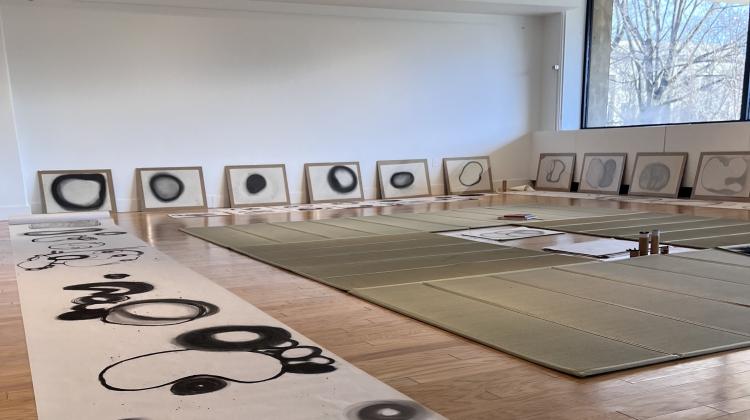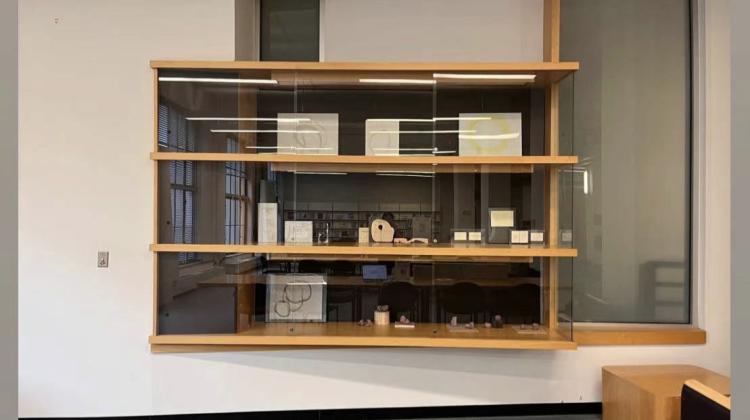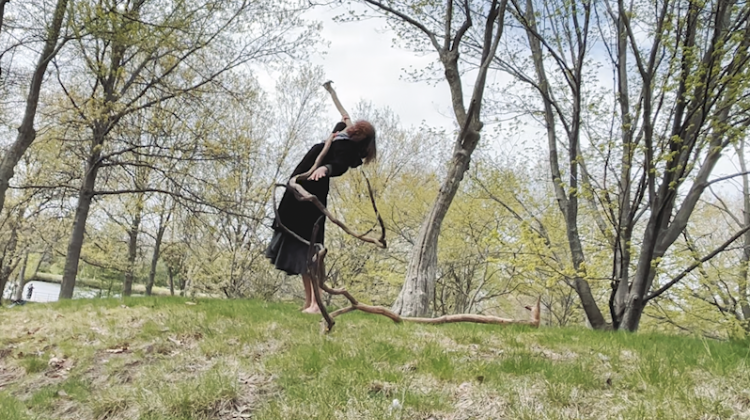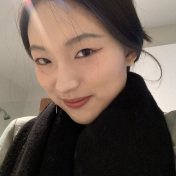Iris Yuting Zeng
Iris is an artist, researcher, and a Master of Architecture candidate from Chongqing, China. Working between physical and experiential mediums, her work extends from drawing, and sculpting to audio and from documentary to participatory public artwork. She is a biological anthropology researcher with a deep interest in the very nature of the human being. The process of working on the teeth sections and spinal structures of paleo-anthropoids triggered an artistic and philosophical quest to explore the bounds of experience as a homo sapiens. M.arch program at MIT gave her a first chance to exercise freedom and will in art to project her being into objects, which is what most of her work is about. Her deep interest in human rights and environmental issues manifests in her passion for documentaries. Iris also held the title of Chinese National Second Level Chess Player, currently ranked second globally(first in two categories) in Apple’s leaderboard for a minimalism racing game (Unpossible). Her past and current interest leads her into the spiritual quest into the connectedness between beings through mediation, which includes art and all aspects of life.
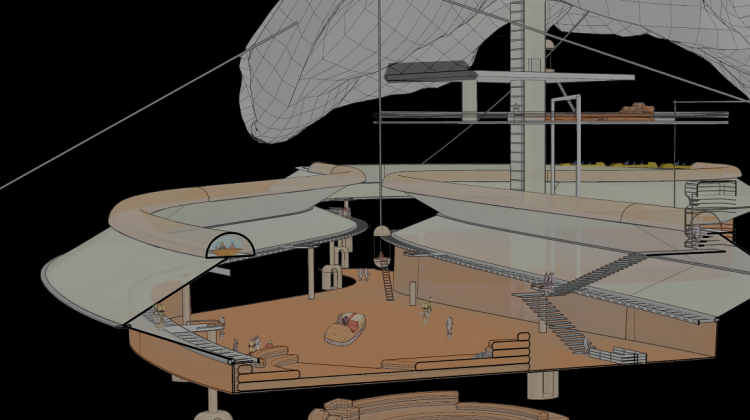
This project is about creating an event in response to this seasonal emotional vulnerability. Two inflatables will transform based on a schedule in phase to human physiological and psychological shifts in relation to seasonal change and moon phases. Wake up every fall, they remind us that our mental condition is tied to environmental and physiological cues that are not necessarily explicit to us.
The project starts with the touch of newspaper and the grip of charcoal felt through the palm. The repetition of circular movement drops the burden of cognitive processing, therefore creating a void space between the conscious mind and the awareness. This drawing process was later recognized as a tool for the materialization of the inner world. The process makes the author see how that ‘I’ functions: “I can shortly understand that I am not my mind and body but a self-recognizing identity; therefore, I have the capability to pause-recognizing.”
The exhibition wants to bring this experience to visitors. Everyone is encouraged to use the materials provided in the gallery to find the grip between hand, charcoal, and paper. It costs nothing to draw. Drawing requires no experience or training, and simply doing the most easy and innate action, creates an unexpected transcendental journey for us.
Branching was conceptualised as a project to connect the bodily experience of the landscape and the living creatures of Herter Park, particularly trees. With treated branches collected from the site, with exposing roots, with chopped tree trunks, one can anchor, balance, dance, connect and grow with wood.
This project aims to provide a moment for gardeners and visitors to establish a relationship with the otherness of themselves on this site. Acknowledging the land was taken from the native people of this land, this project wants to invite everyone to think without their mind, through dancing, through their body to understand the connection of earthly beings. (Click Read More for Video)
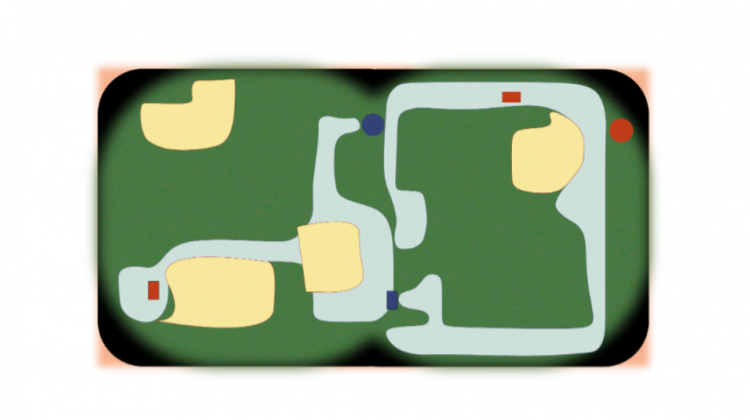
The shelves for video recordings, CDs, and projectors are stretched into the circulation connecting the analog archives and shelves. The multiple elevators provide vertical circulation that crossing travel through the layers of time. The outside of the wall becomes the media storage and display while the inside of it enclosing the programmed space. The ground floor is an open space with direct access to the immigrant and language help offices and an underground plaza.



